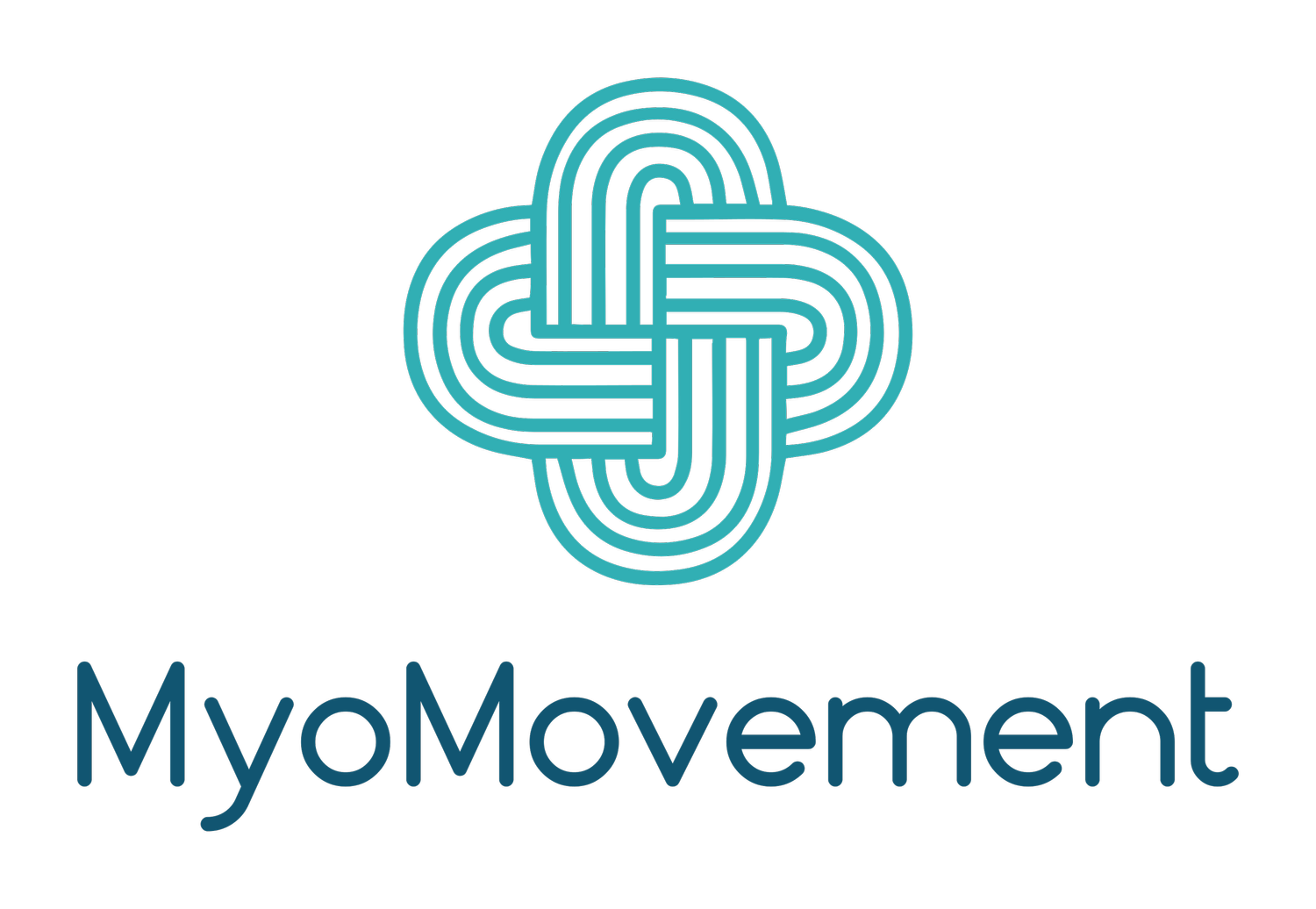Navigating Orthodontic Relapse: Understanding, Prevention, and Treatment
The thrill of achieving a perfectly aligned smile after orthodontic treatment is unmatched. However, what happens when those carefully straightened teeth start to shift back into their old positions? This common phenomenon is known as orthodontic relapse, and understanding its causes, prevention, and treatment options is vital for maintaining the beautiful smile you worked so hard to achieve. In this blog post, we'll explore the intricacies of orthodontic relapse and offer insights into how to navigate this challenge effectively.
Understanding Orthodontic Relapse
Orthodontic relapse occurs when teeth gradually shift back to their original positions after the completion of orthodontic treatment. This shift can happen due to a variety of reasons, including:
Orofacial Myofunctional Disorders (OMDs): Orofacial Myofunctional Disorders encompass a variety of atypical patterns in the muscles and functions of the face and mouth. These disorders involve behaviors and patterns created by inappropriate muscle function and habits involving the face, mouth, lips, tongue, and jaw. Common OMDs include issues with breathing, swallowing, tongue posture, and speech.
Lack of Retention: Inadequate use of retainers or failure to wear them as prescribed can lead to relapse.
Genetics: Genetic factors can play a role in determining the stability of your orthodontic results.
Oral Habits: Certain oral habits like thumb sucking or tongue thrusting can exert pressure on the teeth, causing relapse.
Preventing Orthodontic Relapse
Myofunctional Therapy: Depending on the patient, myofunctional therapy prior to, during, or after orthodontic treatment is recommended. This will help train the muscles of the face and jaw to move appropriately to prevent future relapse.
Retainer Wear: Following orthodontic treatment, wearing retainers as instructed by your orthodontist is crucial. Retainers help maintain the new tooth positions and prevent relapse.
Regular Dental Check-ups: Regular visits to your orthodontist or dentist allow for the early detection of any relapse signs, enabling timely intervention.
Oral Hygiene: Maintaining excellent oral hygiene prevents issues like gum disease, which can contribute to relapse.
Healthy Lifestyle: Avoid habits like nail-biting, pencil-chewing, or using your teeth as tools to prevent unnecessary stress on them.
Treatment Options for Orthodontic Relapse
Myofunctional Therapy: Depending on the patient, myofunctional therapy prior to, during, or after orthodontic treatment is recommended. This will help train the muscles of the face and jaw to move appropriately to prevent further or future relapse.
Retreatment: In cases of mild relapse, a shorter round of orthodontic treatment might be sufficient to correct the issues. Invisalign: Clear aligners like Invisalign offer a discreet and convenient way to address minor relapse cases without the need for traditional braces.
Retainers: In some instances, wearing retainers more frequently or for a more extended period can help correct minor relapse.
Orthodontic relapse might be disheartening, but it's essential to remember that it's a common occurrence and can be effectively managed with the right approach. By being proactive with myofunctional therapy, adhering to your orthodontist's advice, and maintaining a healthy lifestyle, you can significantly reduce the risk of relapse. If you notice any changes in your smile post-orthodontic treatment, don’t hesitate to reach out to your dentist/orthodontist promptly and they can refer you to a myofunctional therapist. Remember, with proper care and attention, your beautiful smile can last a lifetime, ensuring you continue to radiate confidence and positivity in every aspect of your life.

